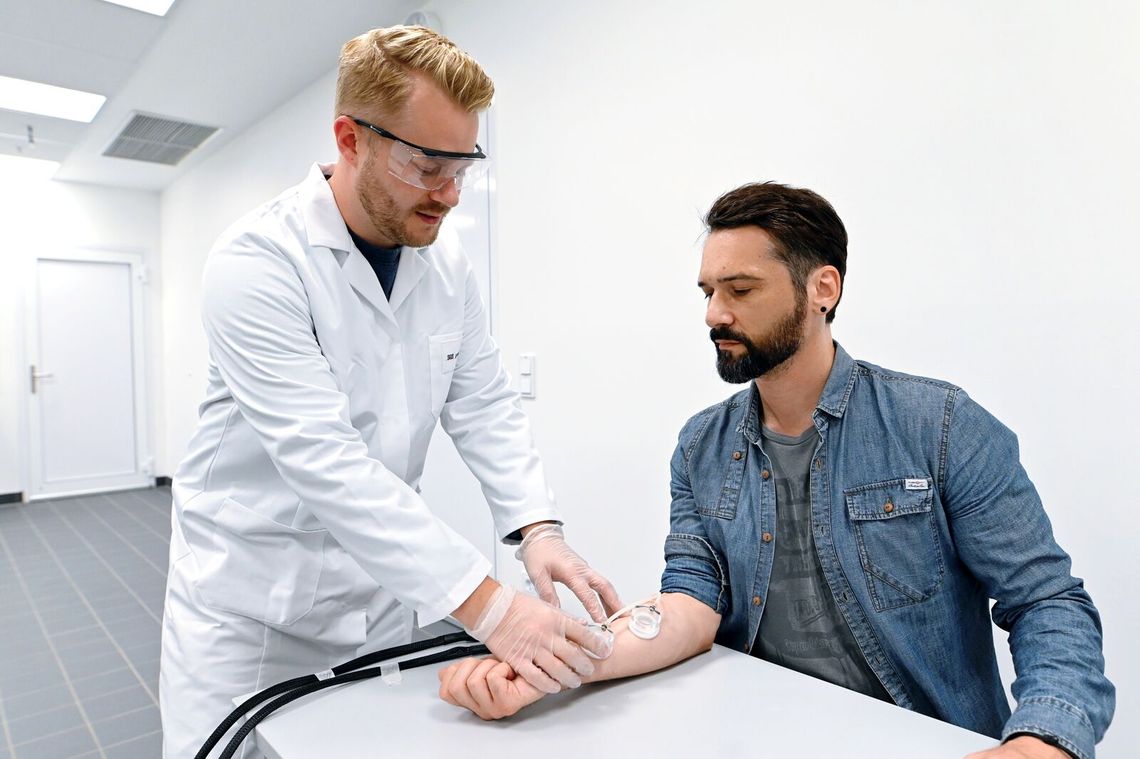Cosmetic products are considered as fast-moving consumer goods (FMCGs), which require a fast and ever-changing adaptation of the cosmetic industry to the trends of the market. Alongside, this has an impact on how cosmetic products are presented in the market, including the product packaging, descriptions, advertising and claims. How these newly presented claims can be substantiated and what pitfalls should be considered, will be discussed in this presentation.
- Category
- Scientific Consulting, Consumer Care, Medical, SGS proderm
- Date
- Share
Introduction
Cosmetic products are regulated by the CPR, the Cosmetics Products Regulation, which was implemented in its current version to simplify procedures, streamline terminology and strengthen the regulatory framework for cosmetics and to ensure a high-level of protection for human safety. The regulation additionally comprises the so-called technical document from 2017, in which it is defined how and which claims can be made. Furthermore, there are documents that discuss borderline products. These documents indicate if the product combined with the presented claim is still considered as cosmetic product, or if it might change to medical devices, medicinal products or biocides due to its presentation. Claims, in general, can be supported by different approaches: based on the ingredients used and data or references that have shown the efficacy of the respective ingredient, in vitro or ex vivo studies supporting the statements or in vivo studies on human volunteers. For the latter, there are recommendations available on how to best design an in vivo study for the claim under investigation.
Link to the publication
The complete edition of the publication is available on the online platform of 'HPC Today'. You can access the article via the following link.
HPC Today is a format from
tks | publisher, event organiser, media agency
Viale Brianza, 22
20127 - Milano - Italy
www.teknoscienze.com




